English Walnut Tree Disease
English walnut tree disease. Slow growing trees with reduced vigor. The bark changes from normal greenish-brown to reddish-brown and finally. Black Walnut Juglans nigra Leaves with signs of Thousand cankers disease Geosmithia morbida and possibly a walnut twig beetle Pityophthorus juglandis.
Walnut Blight Walnut blight is infection by the bacteria Pseudomonas juglandis or Xanthomonas campestris pv. 1 hour agoBlack walnut trees are very susceptible to the disease but English walnut trees are only slightly susceptible. Some of the symptoms are that the kernels shrink wilt mummify or discolor.
Butternut canker is a disease that threatens the butternut tree Juglans cinerea also known as white walnut. Causes a slow death branch by branch. It is most common in wet and humid spring conditions.
This disease attacks the leaves sprouts inflorescences and fruits. It is the most common walnut tree disease that affects foliage and nuts. Four principal diseases are associated with the English walnut.
Walnut blight Xanthomonas juglandis is the most common nut and foliage disease. One estimate puts annual walnut orchardnursery losses from key soil borne pathogens such as lesion nematode Phytophthora spp Armillaria and Agrobacterium tumefaciens crown gall at roughly 18 which. Walnut blight produced by the bacteria Xanthomonas juglandis.
The disease is spread by a small beetle called the walnut twig beetle. Walnut blight Walnut leaf blotch Blackline and Walnut husk fly. Many dying black walnut trees have been attacked by the thousand cankers disease.
It is most common in wet and humid spring conditions. If tree is girdled at the trunk or root crown then death occurs usually within one growing season.
Root rot affects the roots causing the tree to become stunted and the lower leaves to turn yellow and discolored.
English Walnut Tree Diseases Fungal Disease. The beetle bugs tunnel into branches and trunks of the walnut trees carrying spores of the canker producing fungus Geosmithia morbidato. Walnut Blight Walnut blight is infection by the bacteria Pseudomonas juglandis or Xanthomonas campestris pv. Walnut trees and left them more vulnerable to tree diseases than normal. Walnut blight produced by the bacteria Xanthomonas juglandis. The bark changes from normal greenish-brown to reddish-brown and finally. Causes a slow death branch by branch. Once the fungus is in the tree small cankers develop under the bark where the beetles have entered. Tufting brooms a profuse development of branches appears on stem branches.
It is the most common walnut tree disease that affects foliage and nuts. Walnut blight is a bacterial disease caused by Xanthomonas juglandis. The disease results from the combined activity of the walnut twig beetle Pityophthorus juglandis and a canker producing fungus Geosmithia morbida. However even with these significant increases in yield over the years California growers and nursery operators do experience yield and tree losses due to soil borne pests and diseases. It appears most often in wet and humid spring conditions. The disease mostly affects the new growth on a walnut tree as well as the actual nuts. Shoots and branches dying back.


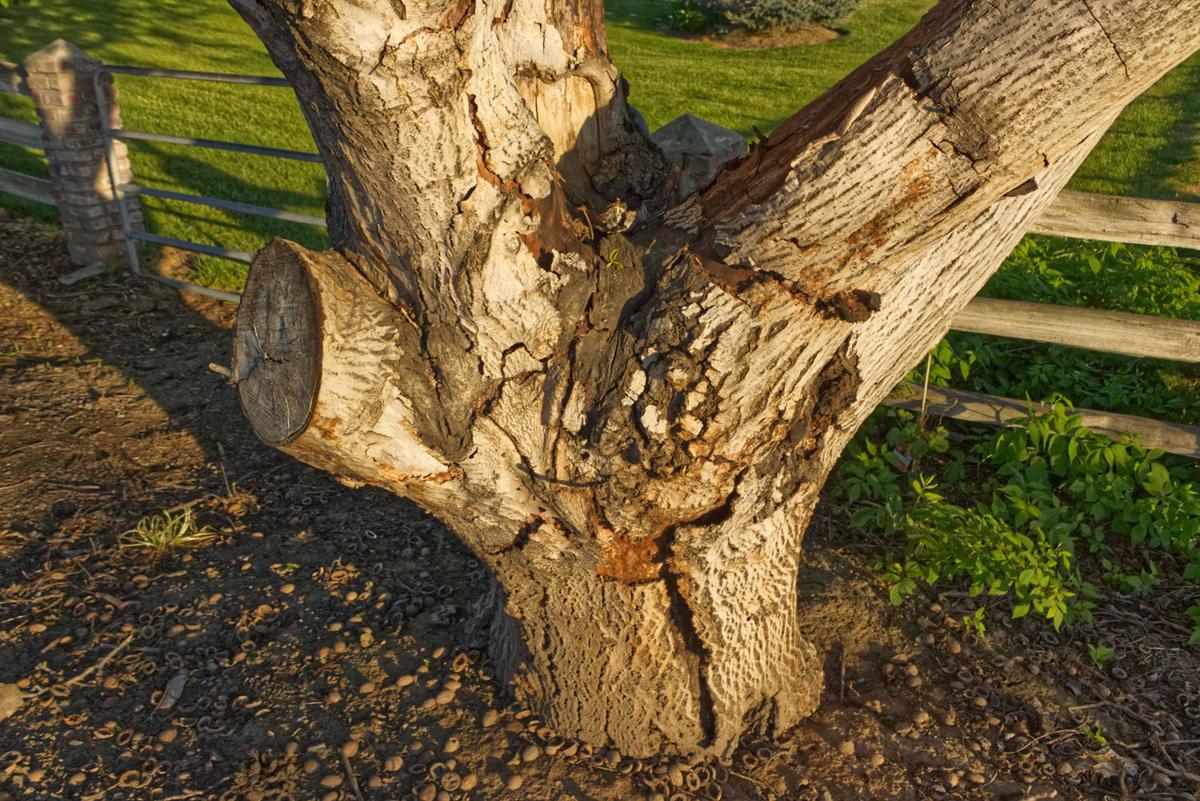
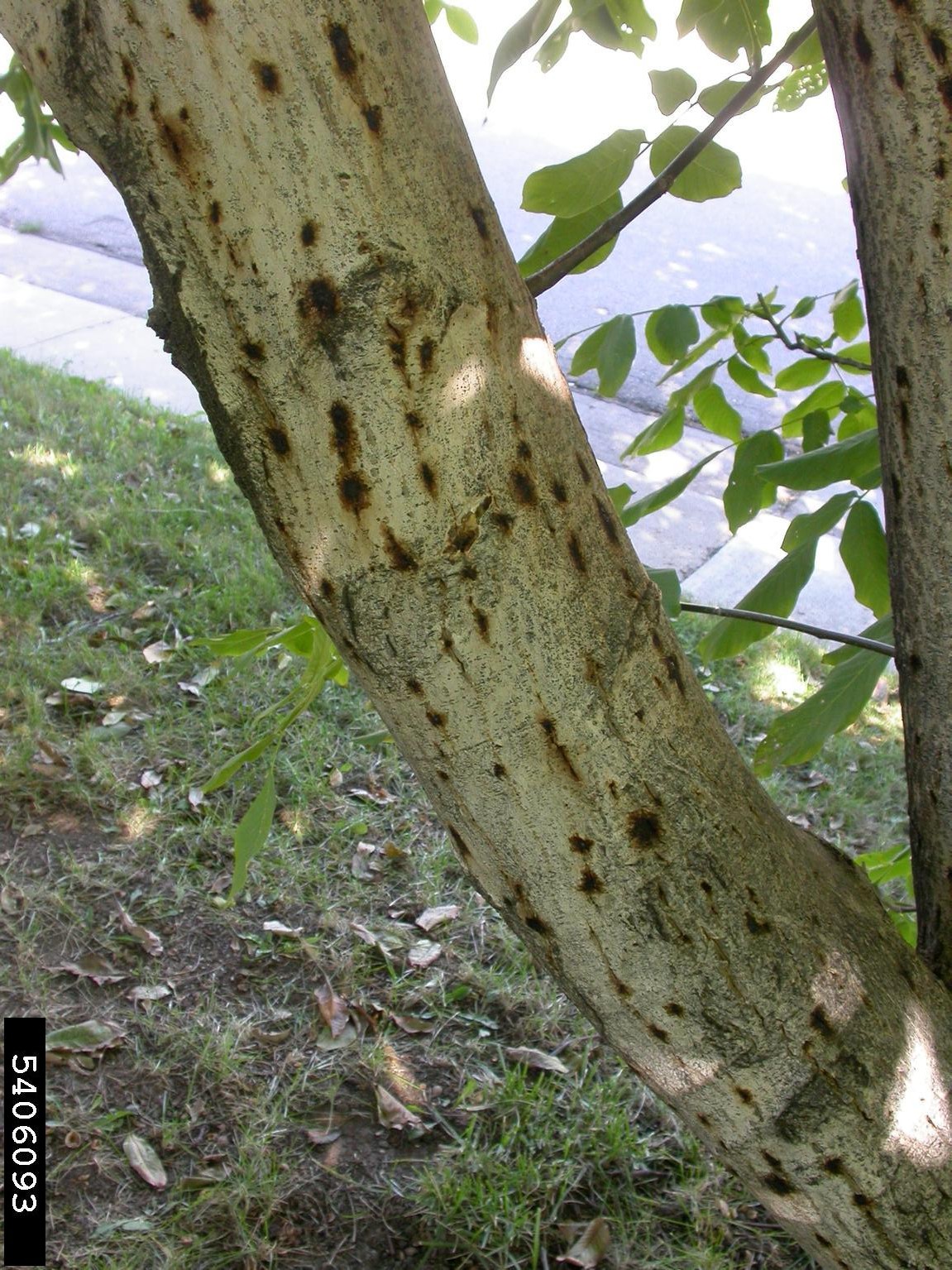

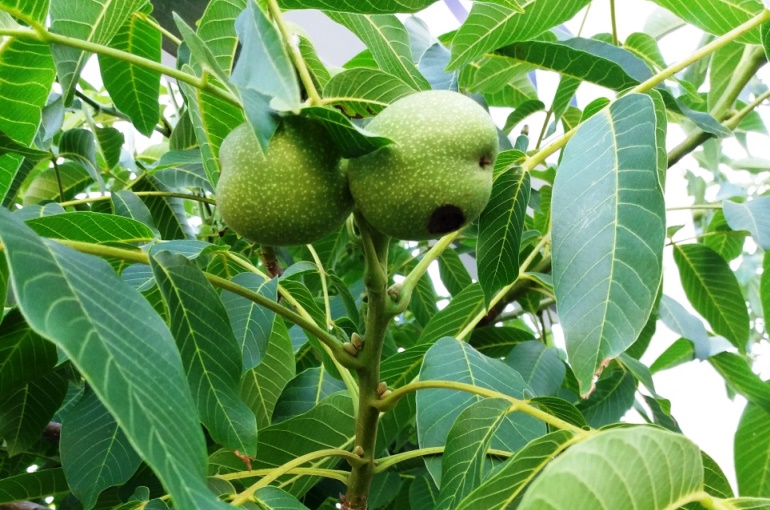


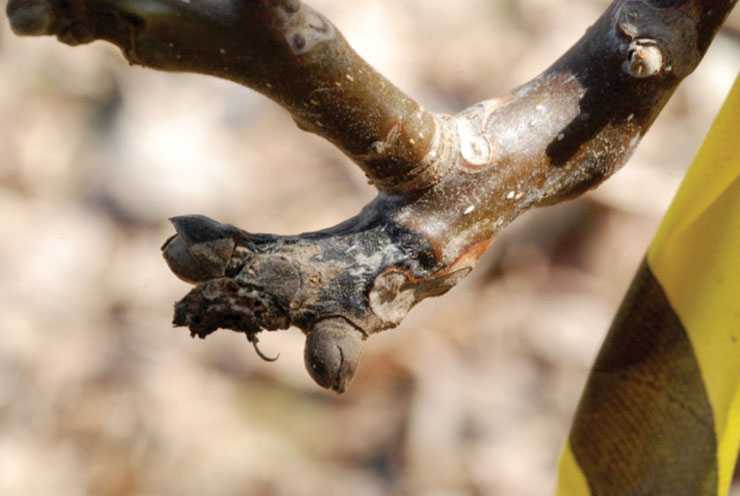
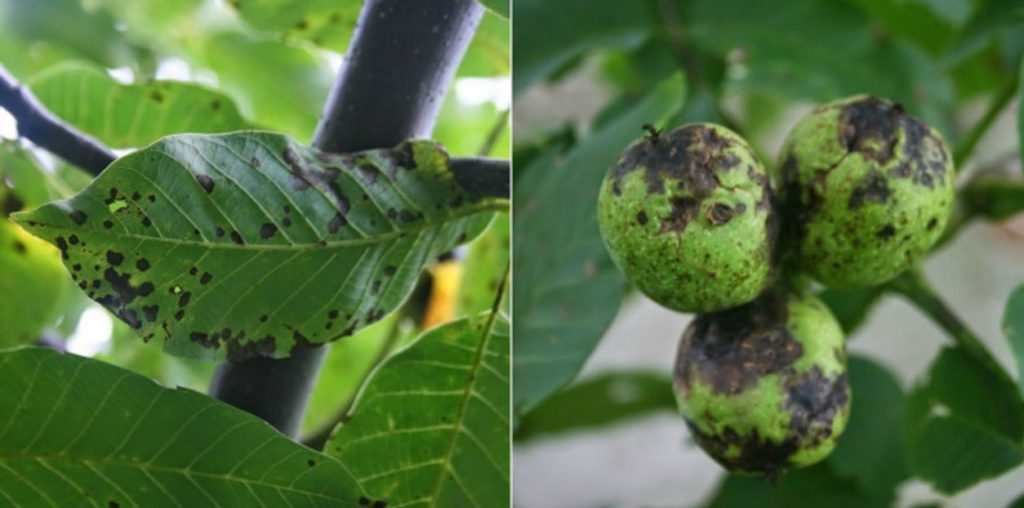


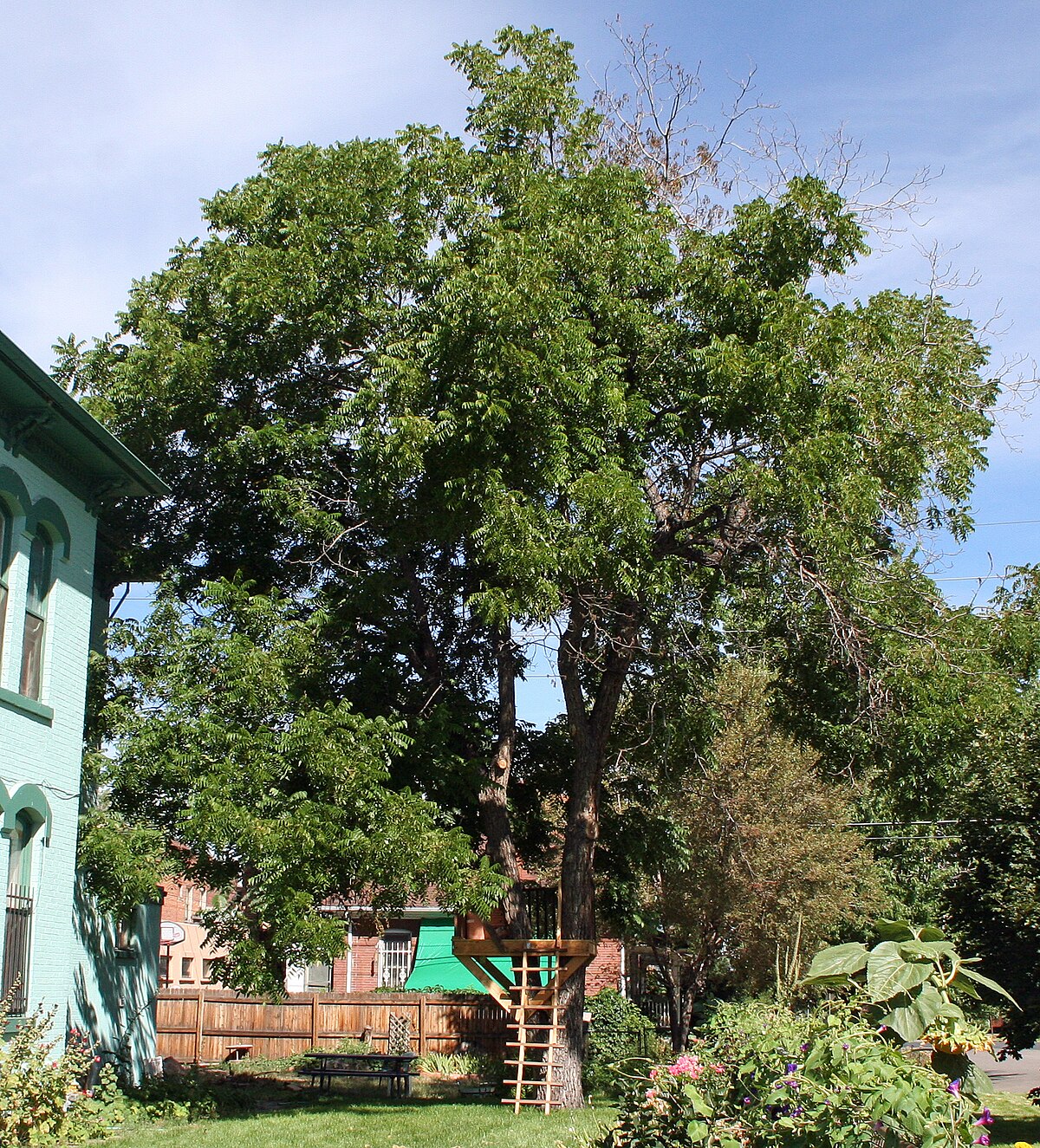



:max_bytes(150000):strip_icc()/walnut-tree-species-3269725-03-17f5e3da4ab1453cb60f24e6b8bbb757.jpg)


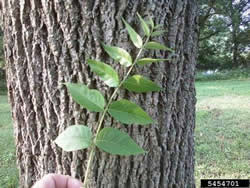
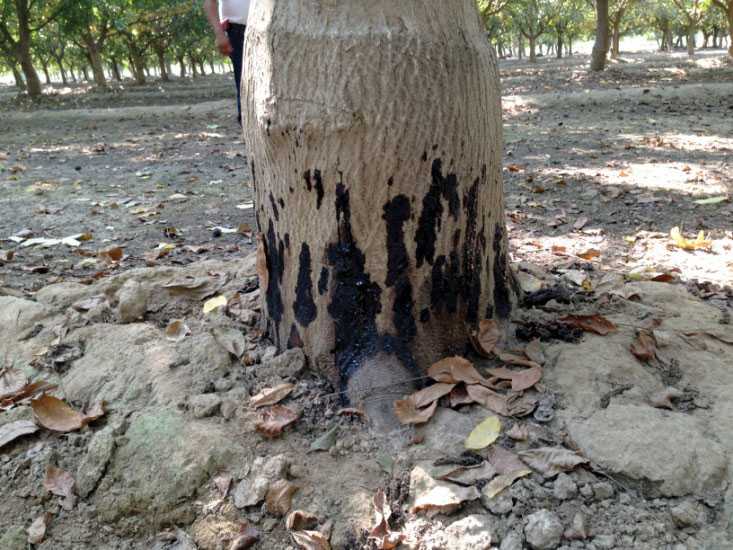



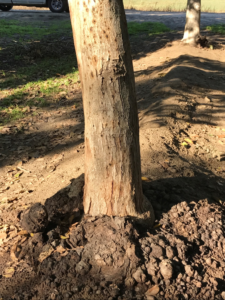

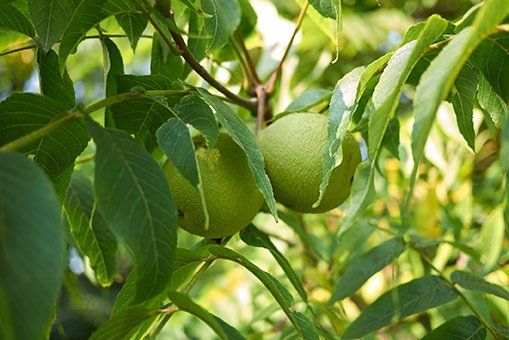

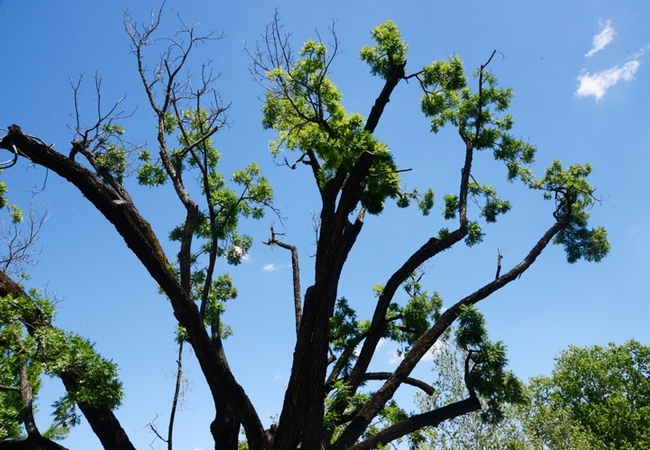



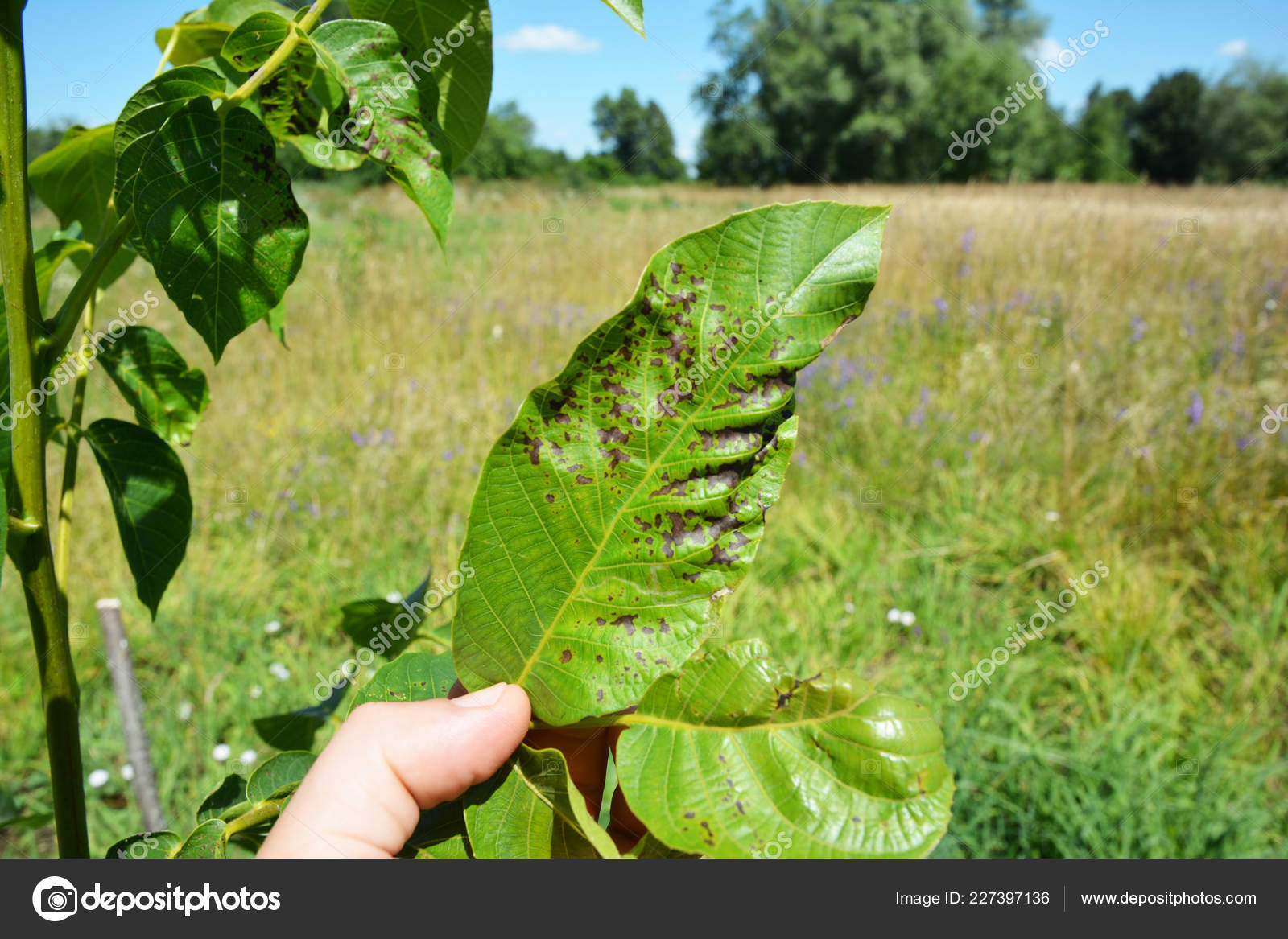

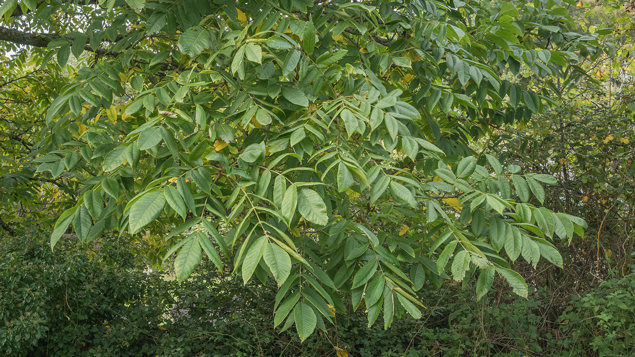
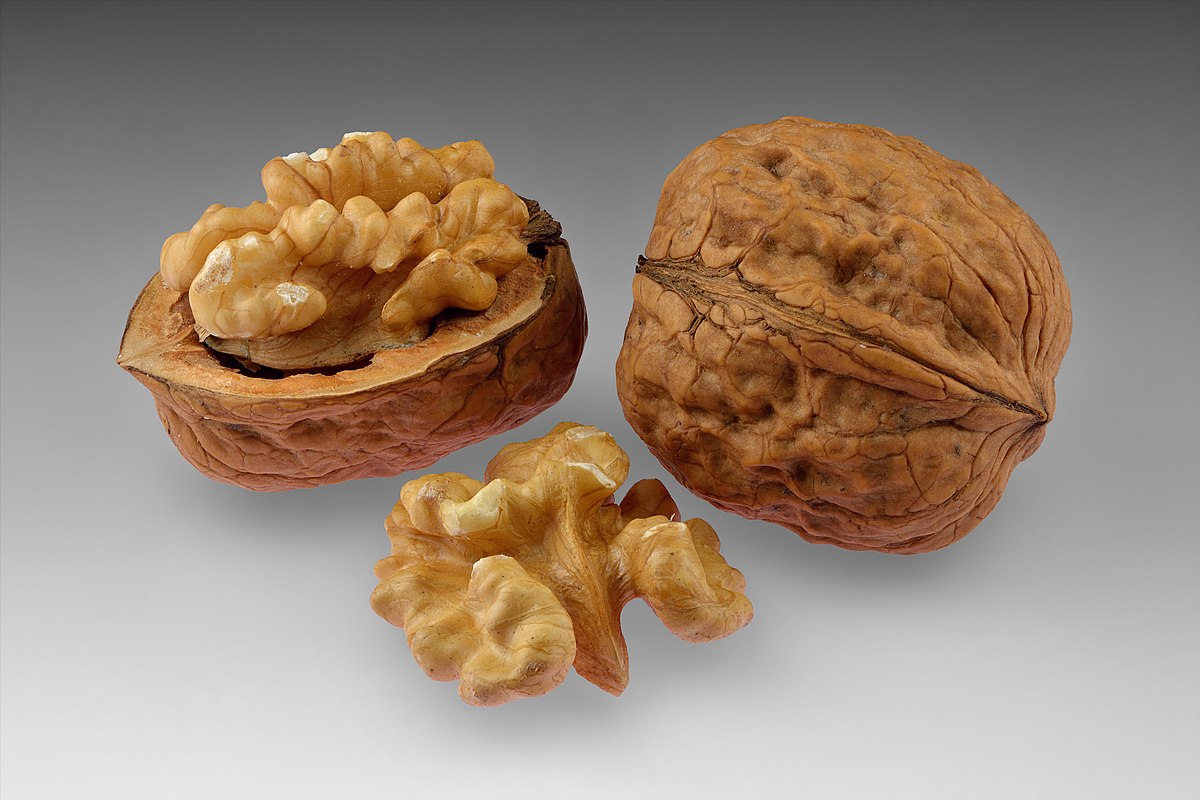
Posting Komentar untuk "English Walnut Tree Disease"